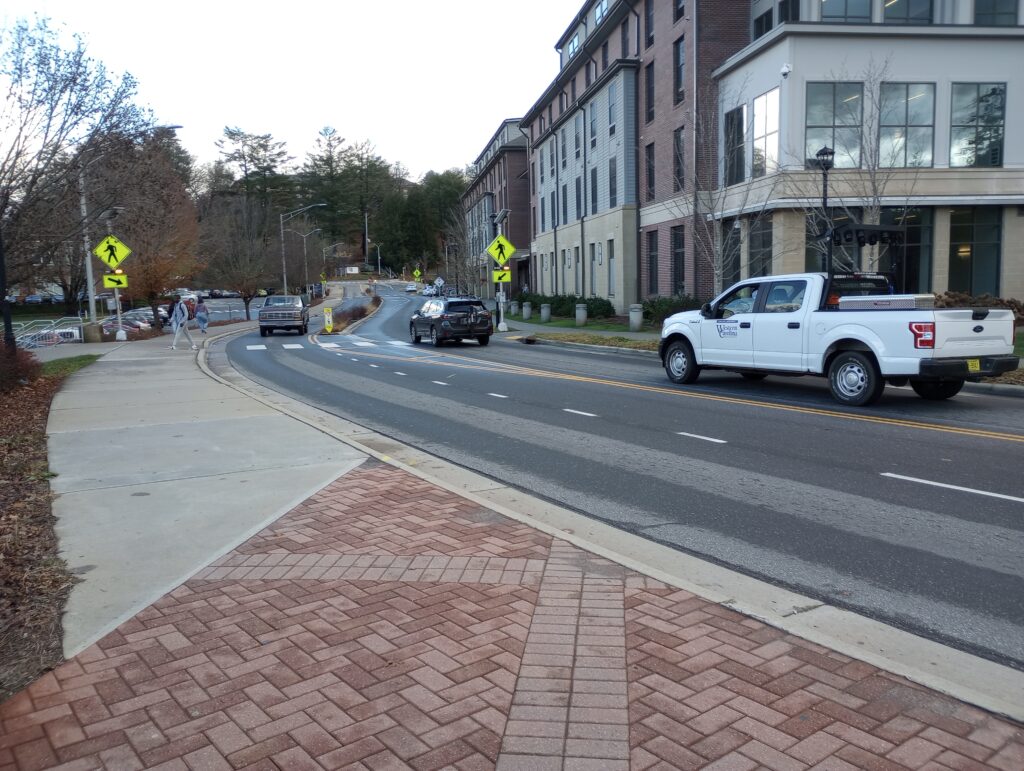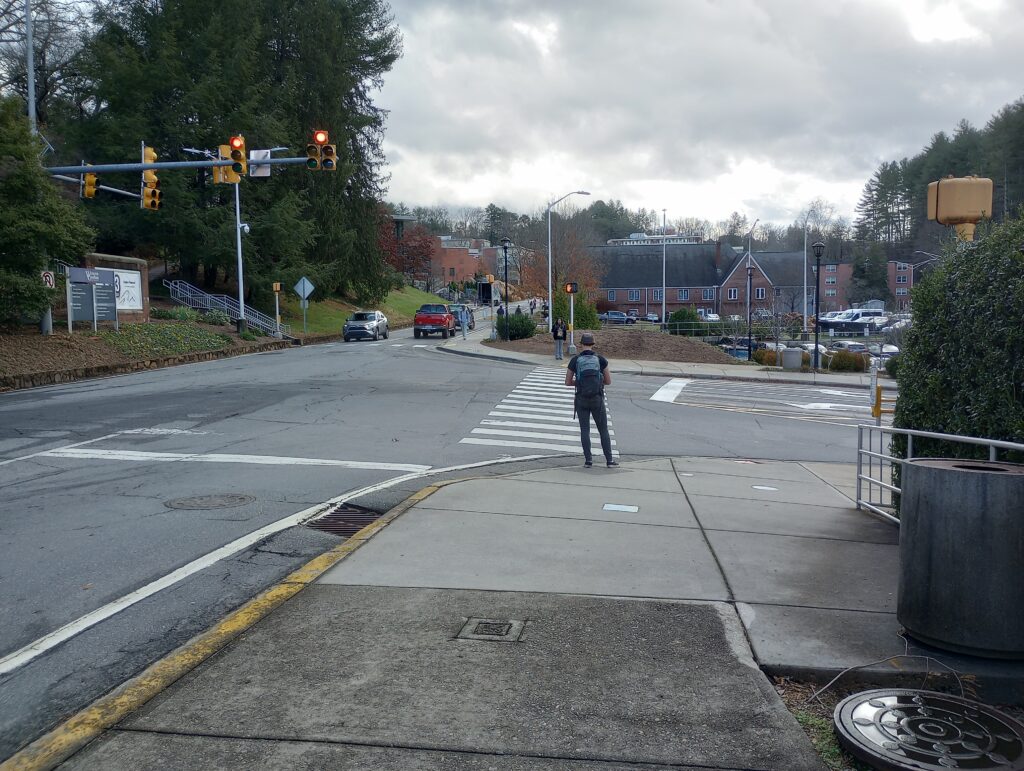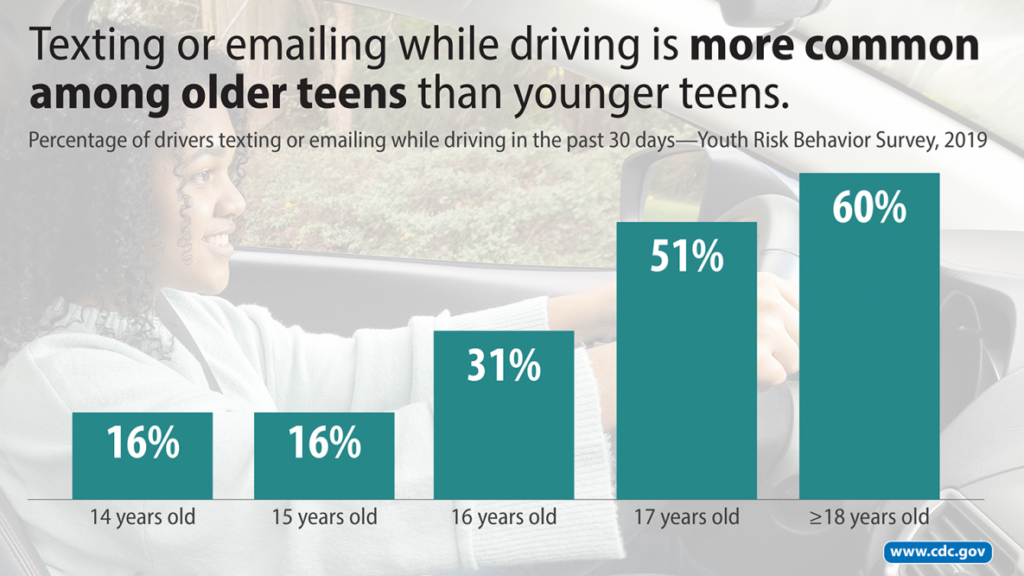We have all been there. You glance down at your phone for a second and when you look up everything around you looks different from when you looked down.
In those few seconds, the car in front of you has stopped and for a moment it feels like your car will not stop in time. It is a scary moment, but do you put the phone down? No. Instead, you pick it up to tell someone about that terrible experience. Distracted driving sometimes feels like the plague of this generation.

Where is driving more dangerous than on a college campus? Colleges are like miniature cities populated with distracted and young residents. It is not only the drivers who are distracted but the pedestrians as well. To make matters worse, many of the drivers have less than five years of driving experience.
Colleges are compacted too. Roads run through most of the campus and people are often rushing off to class, leading to congested roads and sidewalks.
The point is that colleges can be very dangerous places with a perfect formula for accidents.
According to CDC in 2020, around 104,000 pedestrians were injured on roads in the U.S. and an additional 7,000 pedestrians were killed. According to WCUPD data in 2019, there was a total of 143 traffic collisions on Western Carolina campus roads. Since January 2022, there have been 86 traffic accidents.
“It is not a disturbing number of accidents. These things happen on a college campus. It is a congested area with a lot of young drivers and things are bound to happen,” WCUPD Assistant Chief, Brian Thomas, said during a phone interview.
WCU police department did not have data on how many of these accidents involved an injury.

Car accidents involving pedestrians can affect people long after the actual incident. There can be long-term costs involved, injury recovery, or mental health. Motor vehicle accidents are the leading cause of PTSD in the general population. As of 2019, 39.2% of motor vehicle accident survivors developed PTSD.
For a student, these consequences could change their life forever. My source is a WCU student who was in a car accident during the first week of class this August. It was his freshman year. Due to possible legal procedures involving the incident, he wished to remain anonymous, we will call him John.
John and his friend were on the way to the freshman lot behind Exxon one morning when the incident happened near the roundabout at the front of campus. While walking, he was offered a ride to the lot by someone heading in that direction. He was not quite in the car when the light turned green and he was struck due to an impatient driver. In the impact, he broke both temporal bones in his skull, seized for 5.5 minutes and got a concussion. He was taken to Harris but was soon rushed to Mission Hospital in Asheville because Harris was not equipped for the emergency. He was out of school for a week and is still under concussion recovery protocol, which significantly limits his reading time.
“It has just kind of been harder, when I was in high school in junior year, I had to deal with Covid, which is the hardest year, and my grades kind of fell then…When I got here, I planned to really go in on school, like really focus. And I was doing that, but now it is a lot harder to do with all the reading and stuff…I have a seminar class and there is a lot of reading in that so that is kind of hard to do. I can’t do as much work at one time as I want to,” John said.
Assistant Chief Thomas said it is very difficult to know when an accident is caused by distracted driving. As he says, nobody wants to admit that they were in the wrong. Additionally, there are not many security measures the school can add to prevent distracted driving.
According to the CDC, nine people are killed every day in an accident where someone was driving distracted. Drivers between the ages of 15-20 are more likely to drive distracted, and older teens are more likely to be distracted.

Pedestrian and road safety is a responsibility carried out by both the driver and the pedestrian. The most important thing is to not drive distracted. As Assistant Chief Thomas put it, “the text can wait, it will still be there when you get to your destination. Put the phone down. Traffic will be ‘stop and go’, people walk out into the road. Be aware of what people are doing around you.”


